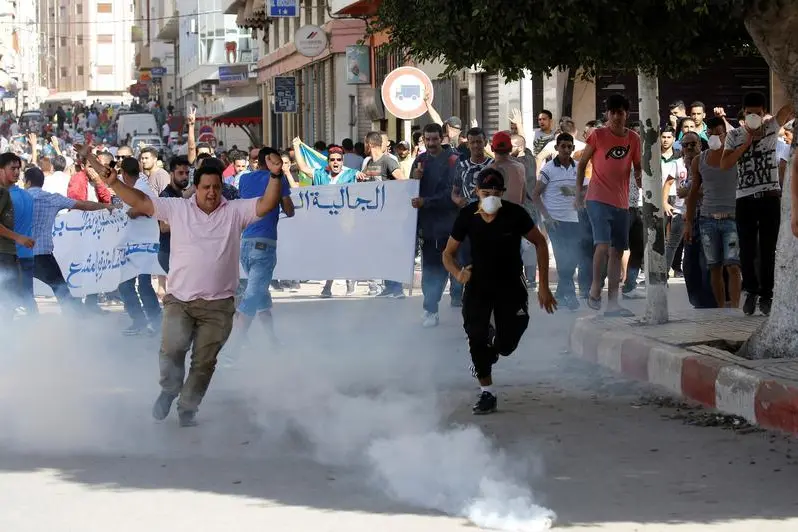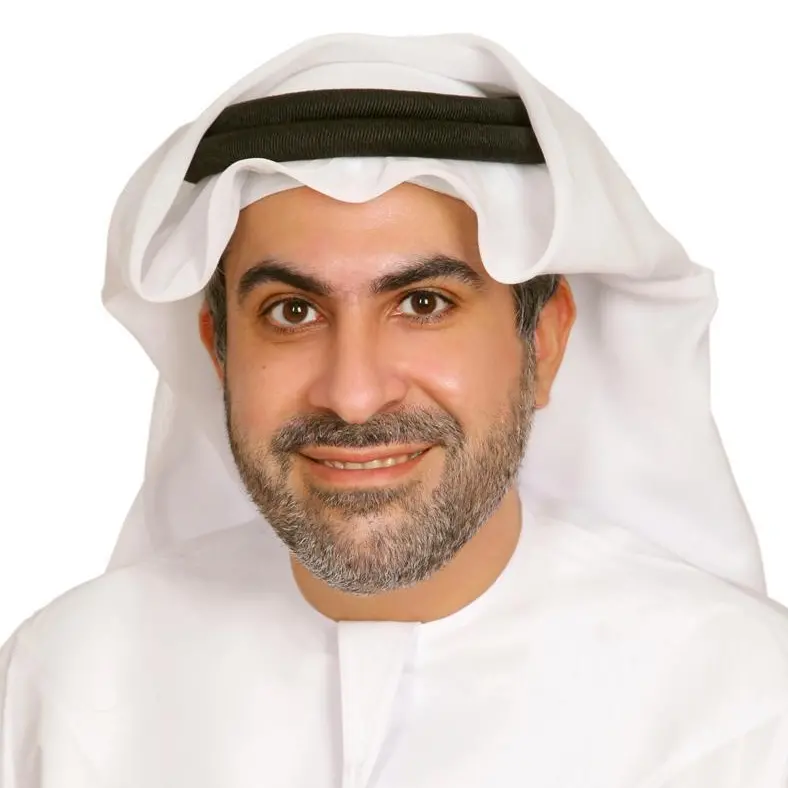PHOTO
By Samia Errazzouki
AL-HOCEIMA, Morocco, July 20 (Reuters) - Police fired tear gas and used truncheons to scatter hundreds of protesters in northern Morocco, a Reuters witness said on Thursday, part of the biggest wave of demonstrations in the kingdom since Arab Spring-inspired rallies in 2011.
People have taken to the streets in the Rif region around the city of Al-Hoceima since October over injustice, corruption and underdevelopment, and on Thursday thousands gathered to try to join in rallies that local authorities had banned.
Police charged at small groups of protesters, including men, women and children, around the town and forced many into side streets where authorities had set up a heavy security presence with checkpoints to block people joining the protests, the Reuters witness said.
Cars and taxis drove around honking in support of the rally, while police vehicles frequently sped through crowds in an attempt to disperse protesters, dozens of whom were arrested according to local activists.
"Every time we come out, they don't even let us protest peacefully," said Warda, 19, a local demonstrator. "Our demands are simple, we want universities and hospitals."
Tensions have been simmering in Al-Hoceima since October when a fishmonger died after being crushed inside a garbage truck while trying to save his fish confiscated by police.
Authorities have arrested more than 100 leaders and members of the movement, called Hirak al Chaabi in Arabic, since the end of May, and protests have vented over broader frustrations about the region's lack of development and economic problems.
"Our main call in this protest is to demand the release of the prisoners and to realise the initial demands of the Hirak movement from October," said Mohammed Al-Faqih, 35, who said he has three cousins who have been arrested for their role in the protests.
During protests, access to internet and phone usage were limited, while local shops and restaurants shut down as part of a city-wide general strike. Many taking part in the protests came from different parts of the country, as well as Moroccans living abroad in Europe.
"I came here to protest because I just can't sit at home and watch what is happening," said Hicham Wergelamd, 33, a Moroccan living in Norway and working as a security guard. "This is a disgrace."
Protesters and police were among those injured during clashes, which intensified when several hundred managed to form a march headed toward the main square.
The Hirak movement was born after the death of fishmonger Mouhcine Fikri in Al-Hoceima, which sits on Morocco's Mediterranean coast. Local police confiscated fish they said he had bought illegally and dumped it in a garbage truck. Trying to recover his stock, Fikri jumped inside and was crushed.
His death has become a symbol of "hogra" - a colloquial Arabic term for the deprivation of dignity due to the abuse of power and injustice. But in a country where the palace remains the ultimate power, the demonstrators have directed their anger at the government rather than the monarch himself.
(Reporting by Samia Errazzouki; writing by Patrick Markey; editing by Mark Heinrich and Leslie Adler) ((pat.markey@thomsonreuters.com; +213-661-692993; Reuters Messaging: pat.markey.thomsonreuters.com@reuters.net))












